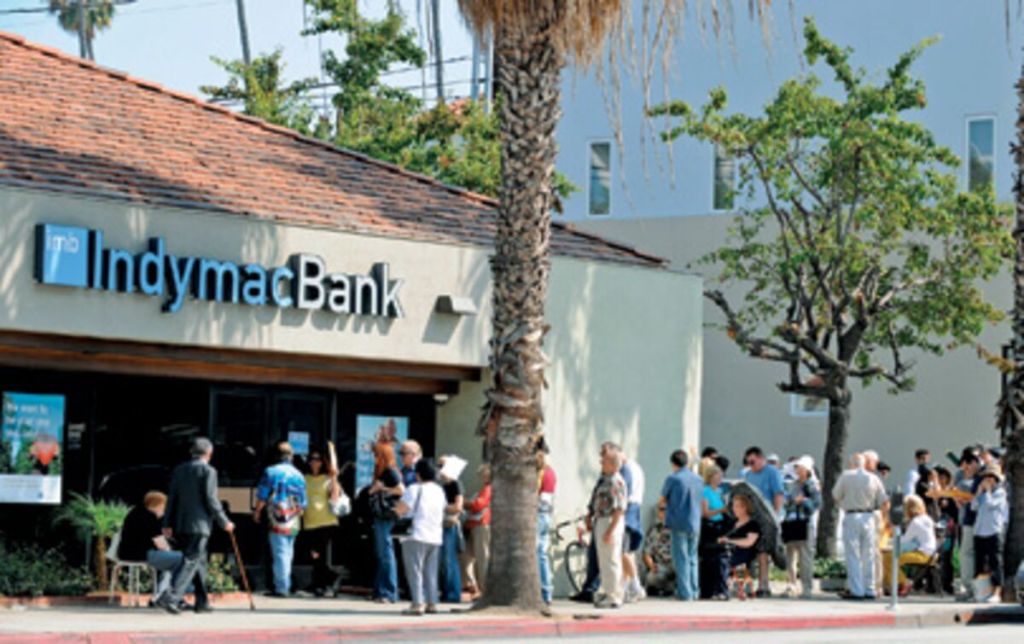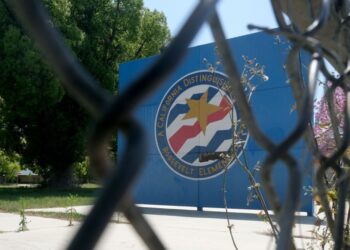The failure of Silicon Valley Bank and New York City-based Signature Bank has likely triggered grim memories among area investors of the July 11, 2008 collapse of IndyMac Bank.
The Pasadena-based mortgage lender’s downfall — the sixth-largest bank failure in U.S. history — had little in common with the recent bank closures. But some investors will still try to connect the dots, according to Michael Imerman, an assistant professor of teaching in finance at the Paul Merage School of Business at UC Irvine.
“When events like these occur, it naturally leads some people to find parallels, no matter how close or far away those parallels are,” he said.
If there is a common thread to be found, Imerman said, it might be the “too many eggs in one basket” syndrome.
Silicon Valley Bank’s demise — deemed the nation’s second-largest bank failure with $209 billion in assets — came largely as a result of rising interest rates. As rates rose, the value of the bank’s investment portfolio fell, raising concerns about its solvency and leading depositors to yank their funds.
The bank, with local branches in Santa Monica and Irvine, received a massive influx of deposits from venture capitalists and startups that were either founded or entering into a high-growth period during the COVID-19 pandemic, according to Imerman.
“The bank put a lot of that money into long-term treasury bonds, which are more sensitive to interest rate risks,” he said. ” They took a loss on the sale of those bonds.”
The bank disclosed a $1.8 billion loss on low-yielding bonds that were purchased before interest rates began to spike last year, prompting a run on the bank’s deposits.
A class action lawsuit has been filed against the parent company of Silicon Valley Bank, its CEO and its chief financial officer, claiming the company didn’t disclose the risks future interest rate hikes would have on its business.
In the case of Signature Bank, its heavy connections with…
Read the full article here







